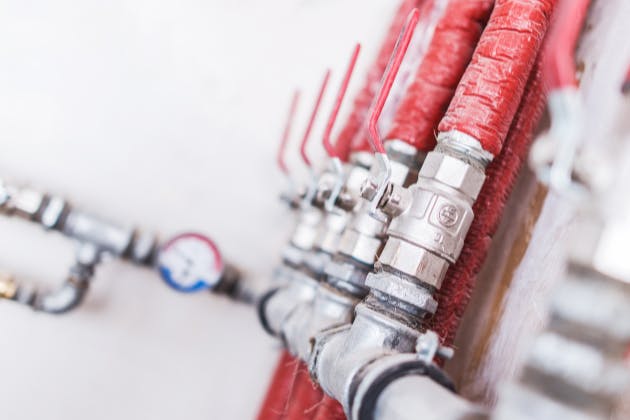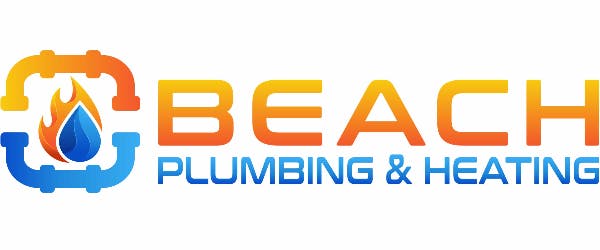Your home’s plumbing system might be hidden behind walls and floors, but it plays a vital role in your daily comfort. From showers to washing machines, every water-related task depends on a well-functioning network. If you’re new to homeownership or just want to better understand how it all works, this guide will give you the essential knowledge to manage your system with confidence.

How Your Plumbing System Works and What to Know
The Core Parts of a Home Plumbing System
Your plumbing system includes three main components that work together to keep water flowing where it's needed and remove waste safely.
Supply Line Network
This part delivers clean water under pressure from a municipal source or private well. Common materials include copper and PEX (cross-linked polyethylene). Copper is durable and corrosion-resistant, while PEX is flexible and easier to install, making it a popular choice for newer homes.
Drainage System
The drainage network removes wastewater from sinks, toilets, and appliances. It uses gravity to move water through pipes, with traps preventing foul smells from entering your home.
Venting System
Often overlooked, vents allow air into the drainage pipes to maintain flow and prevent suction effects that could disrupt water seals in traps. Without proper venting, drains may gurgle or empty slowly.
How Water Gets In and Around Your Home
Water enters via a main connection, typically accompanied by a water meter and the main stop valve, an essential feature for shutting off the water in case of an emergency.
- Cold Water travels directly to taps, toilets, and appliances.
- Hot Water goes through your boiler or hot water cylinder before being distributed through separate hot water lines.
Knowing where your main stop valve is located is important for emergency shut-offs and major repairs.
Understanding Your Home’s Water Pressure
Water pressure ensures that water flows effectively throughout your home. Normal levels range from 40 to 60 psi. If it’s too low, you’ll notice poor flow at taps and showers. If it’s too high, it can damage pipes and fixtures. A pressure-reducing valve (PRV) can be installed to keep things balanced.
Fixtures and Appliances Relying on Plumbing
Your system feeds and drains a range of household fixtures and appliances, such as:
- Taps and sinks
- Toilets
- Showers and baths
- Dishwashers
- Washing machines
- Water heaters
Each needs the right balance of pressure and drainage to work properly.
Key Valves You Should Know
- Main Stop Valve: Shuts off water to the entire house, crucial during emergencies.
- Isolation Valves: Located near sinks, toilets, and appliances, these allow you to stop water to a specific fixture without affecting the rest of the house.
Common Plumbing Issues and Basic Maintenance
Spotting Leaks
Look for damp spots, peeling paint, or a spike in your water bill. You can also check your water meter before and after a two-hour period of no water use, if the reading changes, a leak may be present.
Dealing with Clogged Drains
Use a plunger or drain snake for minor clogs. Avoid overusing chemical cleaners, as they can damage pipes. If a blockage keeps returning, call a professional plumber.
Maintenance Tips
- Inspect visible pipes regularly for signs of corrosion or leaks
- Clean drain strainers and avoid flushing anything non-biodegradable
- Schedule annual plumbing inspections to catch issues early
Need help with your plumbing in Littleport, Ely or Witchford?
Beach Plumbing & Heating offers reliable plumbing services, expert advice, and high-quality installations tailored to your property. Call us on 07455158585 or 01353362034, or fill out our contact form to book a visit today.


